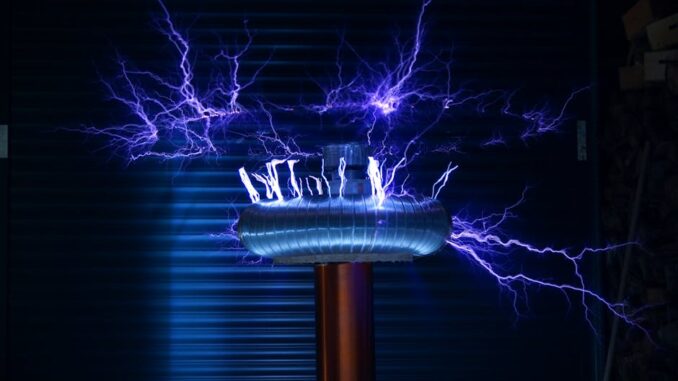
Summary
This article provides a comprehensive guide to improving energy efficiency in existing buildings. It outlines actionable steps, from conducting energy audits to upgrading HVAC systems and implementing smart technologies. By following these strategies, building owners can significantly reduce energy consumption, lower operating costs, and contribute to a greener future.
Successful low-energy building design hinges on careful planning. Focus360 Energy can help.
Main Story
Okay, let’s talk about making buildings more energy-efficient, it’s a real game-changer if you think about it. Not only does it help the planet, but it can also seriously cut down those annoying energy bills, plus, who doesn’t want a more comfortable place to live or work? So, how do you turn your building into an energy-saving machine? It’s easier than you might think, and I’m going to break it down step-by-step for you.
First things first, get a thorough energy audit done. Think of it like a check-up for your building. Before you start throwing money at new windows or fancy lighting, you really need to see where your building is actually wasting energy. A professional will come in and look at everything from insulation and air leaks to your HVAC system, lighting, and even water usage. It’s like having a roadmap showing you exactly where to focus your efforts. I remember when I did one, I was shocked at how much energy we were losing through a tiny gap under the front door!
Next up: beefing up your building’s shell. I’m talking about your walls, roof, windows, and doors. This is what we call the building envelope. If it’s leaky, you’re basically throwing money out the window, literally. So, what can you do? For starters, consider, upgrading insulation. Adding a good layer of insulation in your walls, roof and attic is a straightforward, cost-effective move. Second, seal those air leaks! Grab some caulk and weather stripping, and go to town on windows and doors, any gaps around pipes, vents, you name it. Lastly, think about, new windows. High-performance windows with low-E coatings can make a world of difference, keeping heat out in the summer and trapping it in the winter. It’s an investment that pays off.
Now, let’s talk about those energy guzzlers, HVAC systems. Heating and cooling often account for the biggest chunk of a building’s energy consumption, so getting these systems in top shape is crucial. For starters, if your system’s ancient, consider replacing it with an Energy Star certified model. Maybe look at fancy tech like variable refrigerant flow (VRF) systems or heat pumps, too. Don’t forget regular maintenance is a must: changing filters, balancing the system, checking for leaks, all of it! Finally, think smart controls. Programmable thermostats and zoning systems let you customize temperatures based on who’s around and when. That way, you’re not paying to heat or cool an empty space.
Next step: lighting. It’s often an overlooked area, but swapping out old bulbs for LEDs is one of the easiest changes you can make. LEDs use a fraction of the energy and last way longer; think a 75% energy cut, not bad right? Plus, consider installing occupancy sensors. No more lights left on in empty rooms! Or you could use daylight harvesting systems, and timers, to make the most of natural light. A little bit of planning can go a long way here.
Also, don’t ignore, smart building technologies. We’re not in the stone age anymore! Things like Building Management Systems (BMS) can centralize control of your building’s operations. Similarly, energy monitoring systems can track real-time energy use, letting you spot inefficiencies right away. It’s like having a personal energy detective on your payroll.
Now, you might be thinking, okay, what about water? While it’s not direct electricity consumption, heating water uses a lot of energy. So, conserving water also saves energy. You could try low-flow faucets, showerheads, and toilets. Or even high-efficiency water heaters, including tankless models – these are particularly good if you don’t have a big group needing hot water all day.
Finally, and this one’s important, engage your occupants. You know, talk to the people in the building. If they’re not onboard with saving energy all these high-tech upgrades won’t make a huge difference. Encourage them to turn off lights when they leave a room, unplug electronics, and be mindful of their energy usage. It might seem small, but all these little things add up.
So, you see, boosting your building’s energy efficiency isn’t some impossible task. It’s a series of manageable steps that can save you money and help the environment. Just remember to start with an energy audit, then focus on your building’s shell, HVAC system, lighting, and water usage. Don’t forget to use smart tech and bring everyone on board. Prioritize actions based on your building’s needs and budget, and don’t be afraid to ask for professional help when you need it. You might be surprised at just how much you can achieve.


Be the first to comment